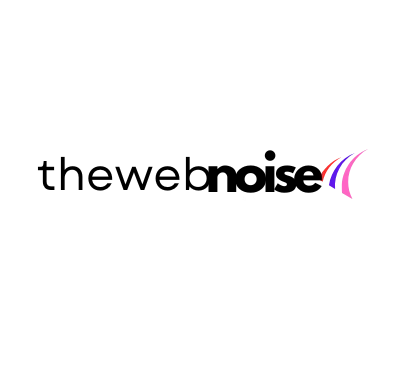Aditya-L1 solar mission
According to an ISRO official, the likely launch date for its next ambitious solar mission, Aditya-L1, which will help in researching the sun and is expected to be positioned in a halo orbit around the L1 of the Sun-Earth system, is September 2.

“Most likely, the launch will take place on September 2,” stated an ISRO official.
- Study of Solar upper atmospheric (chromosphere and corona) dynamics
- Study of chromospheric and coronal heating, physics of the partially ionised plasma, initiation of the coronal mass ejections, and flares
- Observe the in-situ particle and plasma environment providing data for the study of particle dynamics from the Sun

The spacecraft that will be designed for the solar mission will help to receive remote observations of the solar corona and in situ observations of the solar corona and in situ observations of the solar wind at L1 (Sun-Earth Lagrangian point), which is about 1.5 million kilometers from the Earth.

Moon mission successful, India’s Sun mission Aditya-L1 to be launched in two weeks
What is AstroSat?
AstroSat, was launched in September, 2015, by PSLV-C30 from Sriharikota (Andhra Pradesh). It is the first dedicated Indian astronomy mission aimed at studying celestial sources in X-ray, optical and UV spectral bands simultaneously.

About the Aditya L1
Aditya L1 would be the first space-based Indian mission to study the Sun.
The spacecraft shall be placed in a halo orbit around the Lagrange point 1 (L1) of the Sun-Earth system, which is about 1.5 million km from the Earth.
A satellite placed in the halo orbit around the L1 point has the major advantage of continuously viewing the Sun without any occultation/eclipses.
This will provide a greater advantage of observing the solar activities and its effect on space weather in real time. Earlier, on July 14, ISRO, taking to Twitter informed that Aditya-L1, the first space-based Indian observatory to study the Sun was getting ready for the launch.
Key Points
- Launch Vehicle: Aditya L1 will be launched using the Polar Satellite Launch Vehicle (PSLV) XL with 7 payloads (instruments) on board.
- Objective: Aditya L1 will study the Sun’s corona (Visible and Near infrared rays), Sun’s photosphere (soft and hard X-ray), chromosphere (Ultra Violet ), solar emissions, solar winds and flares, and Coronal Mass Ejections (CMEs), and will carry out roundthe-clock imaging of the Sun.
- Challenges: The distance of the Sun from Earth ( approximately 15 crore kms on average, compared to the only 3.84 lakh kms to the Moon).This huge distance poses a scientific challenge. Due to the risks involved, payloads in earlier ISRO missions have largely remained stationary in space; however, Aditya L1 will have some moving components which increases the risks of collision. Other issues are the super hot temperatures and radiation in the solar atmosphere. However, Aditya L1 will stay much farther away, and the heat is not expected to be a major concern for the instruments on board.
Importance of Aditya L1
- Evolution of every planet, including Earth and the exoplanets beyond the Solar System, is governed by its parent star i.e the Sun in our case. The Solar weather and environment affects the weather of the entire system. Therefore, it is important to study the Sun.
- Effects of Variation in Solar Weather System: Variations in this weather can change the orbits of satellites or shorten their lives, interfere with or damage onboard electronics, and cause power blackouts and other disturbances on Earth.
- Knowledge of solar events is key to understanding space weather. To learn about and track Earth-directed storms, and to predict their impact, continuous solar observations are needed. Many of the instruments and their components for this mission are being manufactured for the first time in the country.
Aditya-L1 Payloads:

Source -ISRO













